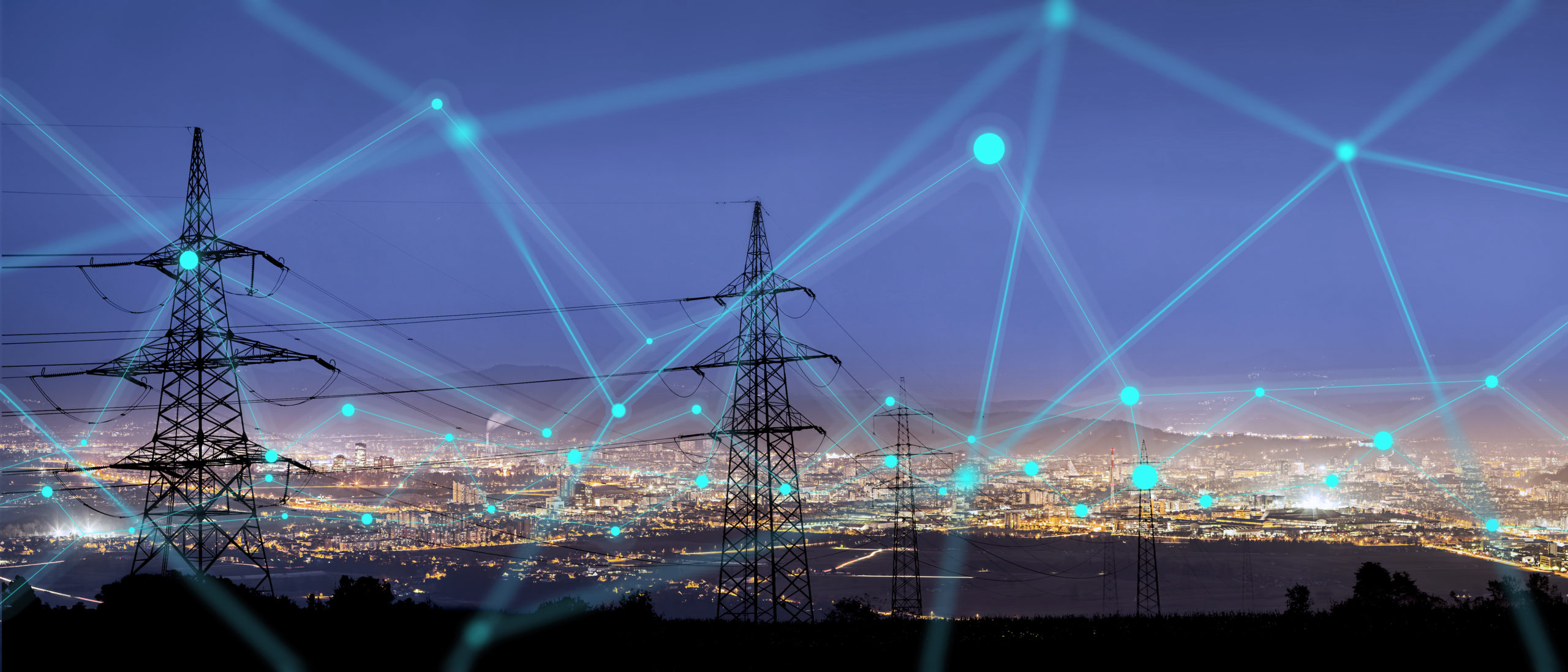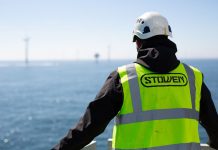Demand for grid connections will accelerate even beyond today’s constrictions, as mass electrification of heat and transport drives a possible tripling of UK power demand by 2050, network operator Vattenfall believes.
In its survey of changes need to connectivity permitting, “Energy security in an increasingly electrical world”, the power company identifies changes required to bring about a decentralised, greener grid serving a radical expansion of power use.
Factors shaping Britain’s mid-century power use are a likely three-fold rise in power use to over 600 TWh a year, driven by heavier deployment of heat pumps & EV chargers, a need for strengthened grids to support them, itself giving rise a lag in investment coming forward.
Even basic home heat pumps now can need upgrading local networks, the report notes. As the devices get too powerful for single-phase operation, 3-phase connections are needed.
EV charging and a heat pump under one roof compounds the problem, increasing to “unprecedented levels” the need for investment and management attention. Upgrading both high and low-voltage connections is increasing an area which DNOS must now prioritise over providing new connections.
Reforms to the “RIIO-ED2 upgrade regulations imply that distributed operators will only receive 90% of the funds they have requested from Ofgem for grid upgrades, meaning that grid upgrade works will be reduced”, the report notes.
“As things stand, we foresee a significant rise in applications for new and larger connections to a grid that seems unlikely to be upgraded quickly enough by the DNO’s”, its authors predict.
Analysis of RIIO-ED2 proposals under the most recent approval round show that just £12.6bn in investment is planned over the next five years. This equates to just £2.52bn per year for the next price control period, which is just 36% of the investment that BEAMA, the electrical infrastructure trade association, says will be necessary.
In business consumption, private wire connections to the grid will be under increased strain. Firms who can self-generate on-site through solar, wind or geothermal will stand at a critical competitive advantage.
Read the report here.




